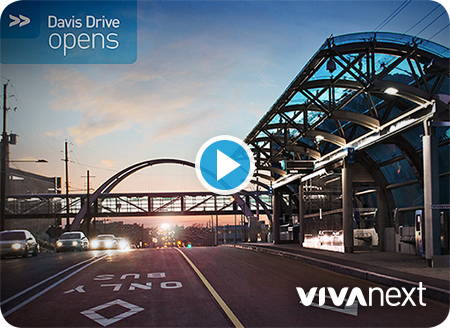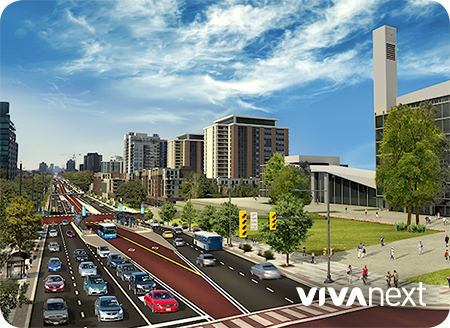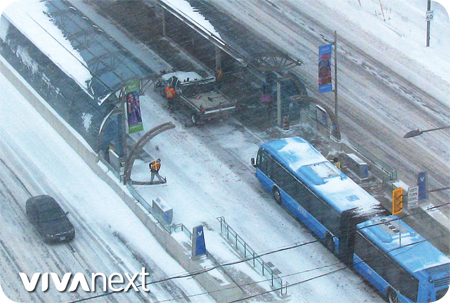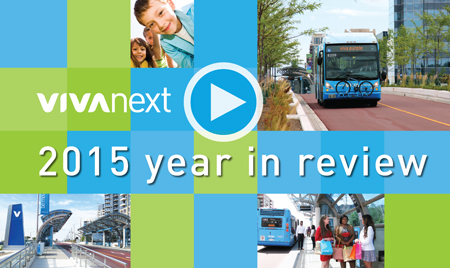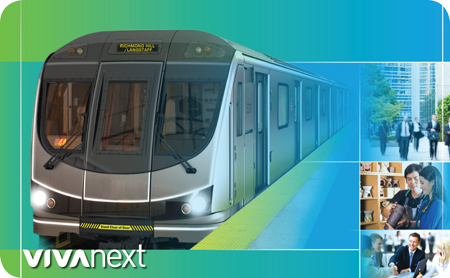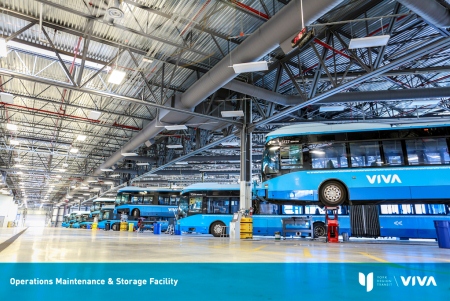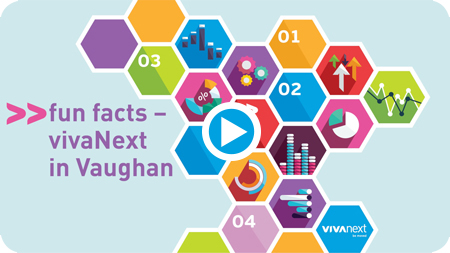Most people would agree that outside the city limits, there should be rural, green space. It’s important for agriculture, for wildlife, and for us to experience our natural landscape.
The Oak Ridges Moraine Act [2001] and the Greenbelt Act [2005] together protect 69% of York Region’s land. Considering York Region’s fast growth, the remaining 31% needs to be carefully planned, with higher density in the cities.
Farmland has changed in Ontario over the last several decades, with fewer, larger farms and more technology used for efficient production. Wildlife has changed too, with York Regional Forests in place and more awareness of our impact on nature. But one thing that hasn’t, and likely won’t, change is that wildlife and farms need cities to grow in place, without expanding into the countryside.
This is where new urbanism and transit-oriented development come in. They’re about planning the best ways for a city to grow, and ensuring there’s a variety of housing and employment, and transportation options like bus rapid transit and subway. Building where we already have development makes a lot of sense. It keeps urban, urban and protects rural from becoming suburban. It also creates a focused city centre that attracts people to do business or shop, all of which is supported by great transit to get around.
Using the land we already have in York Region’s cities and towns is smart and it’s sustainable. If we stick to this plan we’ll be watching population grow in our vibrant cities, and trees and crops thrive in the country.


